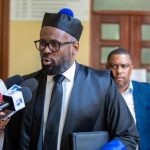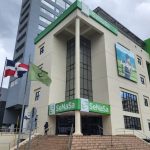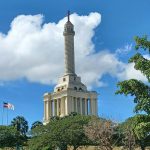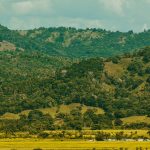Today marks the 156th anniversary of the Restoration of the Republic and this is what you should know
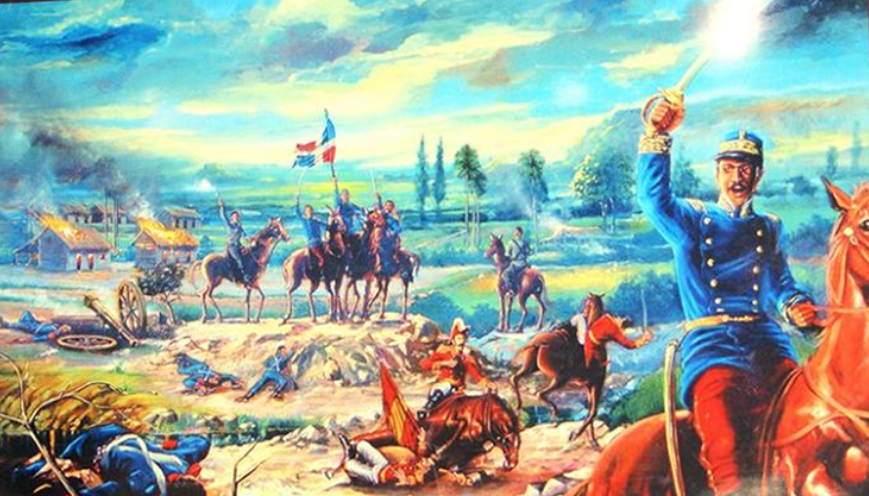
Restoration War
Today marks the 156th anniversary of the Restorative War of the Dominican Republic, a historic movement that shaped the beginning to renew the country’s independence.
This war was carried out due to the need to liberate the nation from the 1860 annexation to Spain, following a long exposition that Pedro Santana wrote to Queen Elizabeth II.
In that letter Santana bases the request, noting, among other things, that having the same origin, religion and customs “incline us to want to find that stability in a more perfect union with what was our mother country than the one that exists and it will surely present us with a better opportunity than those offered by circumstances today.”
As a result of this request, the Spanish general Gutierrez de Rubalcaba arrived in Santo Domingo to study the situation and render a report, which was favorable to the request for annexation and Santana proceeded to submit the bases on which the annexation should be supported, in which they specified the following:
1. Respect for individual freedom and the principle of non-slavery.
2. That the Dominican territory be considered as a Spanish province and as such, will enjoy the corresponding rights.
3. The use of the greatest number of men, especially those of the army, who since 1844 had provided important services to the homeland.
4. The amortization of paper money, as one of the first measures.
5. The recognition and validity of government acts, which have occurred in the country since 1844.
At the beginning of the year 1861, the annexationists relied on all kinds of excuses to simulate their purposes and while on the one hand they justified before the Spanish government that the annexation would be made “according to the wishes that the Dominicans had always expressed,” on the other hand, a repressive policy was developed, trying to drown in blood, prisons and deportations, all kinds of protest that were emerging in the country, and also sought and obtained at any price, adhesion of military leaders and groups and influential personalities.
People of extreme confidence were placed in the key positions, circulars were written to civil and military officials, as well as to the consuls and diplomatic representatives accredited in the country and the propaganda machinery was put into operation to communicate to the country that the annexation was already a reality.
For the first hours of the morning of March 18, 1861, Pedro Santana, the first and last president of what until then had been the Dominican Republic, summoned the “people” to the cathedral square, now Colón Park, to officially give the “great news” and lower the Dominican flag, to hoist the Spanish flag, and among the proclamations and arguments in the act of delivery, Santana proclaimed the following:
“Spain protects us, its flag covers us, its weapons will impose on strangers, it recognizes our freedoms; And together we will defend them, forming a single town, a single-family, as we always were; together we will appear before the altars that the mother country erected.”
The return to the colonial situation was revealed not only with the return of the territory to Spain but with the establishment of old colonial modalities, such as the establishment of Hispanic legal institutions, an inquisitorial climate and religious intolerance, the predominance of peninsular and racial prejudices against the natives, among other barbarities.
Upon annexation, Pedro Santana remained as interim governor of the colony, until he was confirmed in command in May
1861, when Queen Elizabeth II officially recognized the territorial transfer and began to make decisions in her reacquired colony, sending administrative personnel from Cuba and Puerto Rico, but before protests were heard from countries such as Chile, Peru, Haiti, France, England, Venezuela, Germany, and the United States, among others.
The discontent of many natives who opposed the annexation, never eased – to the contrary, all the measures and actions of the Spaniards, contributed to increase the patriotic feeling and very soon began the pockets of resistance that fought for the return to the Republican life, which with its virtues and defects, guaranteed at least a minimum of freedom and equality among citizens.
Spain at no time complied with the agreements that supported the annexation and the economic and repressive measures against the population, not only transferred administrative and military but also returned slave and racial measures, where even the Catholic Church did not recognize the Dominican priests.
Several movements were unleashed to expel the Spanish and restore the republic, such as the uprising in Moca led by José Contreras, the Dominican Regeneration movement and the assault of Neyba, which occurred in February 1863, led by Cayetano Velásquez, also On February 21 of that same year, Santiago Rodríguez led a movement that culminated in the uprising and capture of Guayubin, where the Dominicans surprised the Spanish garrison and turned the entire northwest region into an important bastion of resistance, since they achieved the lifting of several communities.
The state of siege, the arrests, and executions undertaken by the Spaniards, further increased the struggles of the restorers and the dawn of August 16, 1863, was a faithful witness of the attack on Santiago, by men headed by Benito Monción, Gaspar Polanco, Benigno Filomeno Rojas, Cayetano Germosén, Olegario Tenarez, Eugenio Miches and Gregorio Luperón, among others.
While another group headed by Santiago Rodríguez, Pedro Antonio Pimentel, José Antonio Salcedo, Lucas Evangelista de Peña and Federico de Jesús García, among others, raised the tricolor badge, the symbol of the Dominican flag, on the hill of Capotillo, in the province today from Dajabón.
The restorative movement covered all sectors in the different social, political and military aspects, in which we can also highlight the economic and military aid of countries such as Venezuela and Haiti.
By the end of 1864, the restorative movement already covered the entire Dominican territory, under the criterion that the Republic still existed and under the slogan of “Freedom or Death” and “War to Death Against Spanish Colonialism and the Traitors to the Homeland.”
At the beginning of the year 1865, Geffrard, the president of Haiti, sent a commissioner to mediate in the war and in the exchanges of prisoners, which had already begun between Spanish commissioners and restorers, as well as the lodging and location of all troops Spanish.
On March 3, 1865, the Spanish government issued the “Royal Decree” that determined the abandonment by Spain, of the Dominican territory and annulling the annexation pact.
The Spanish troops began the evacuation process on July 10, 1865, thus beginning the second republic under the command of Pedro Antonio Pimentel, who had replaced the Central Government Board, on March 1.
Source: educando.edu.do





